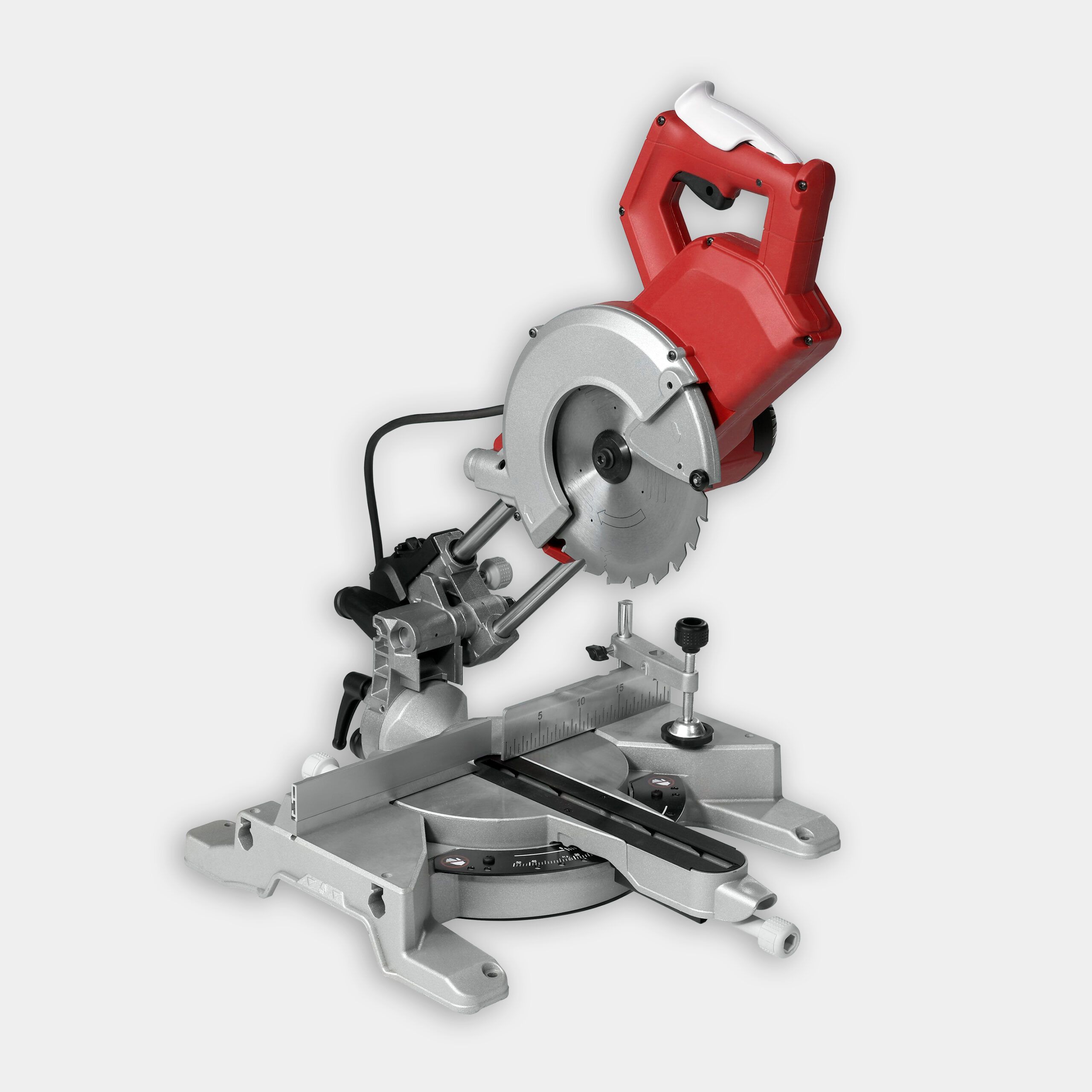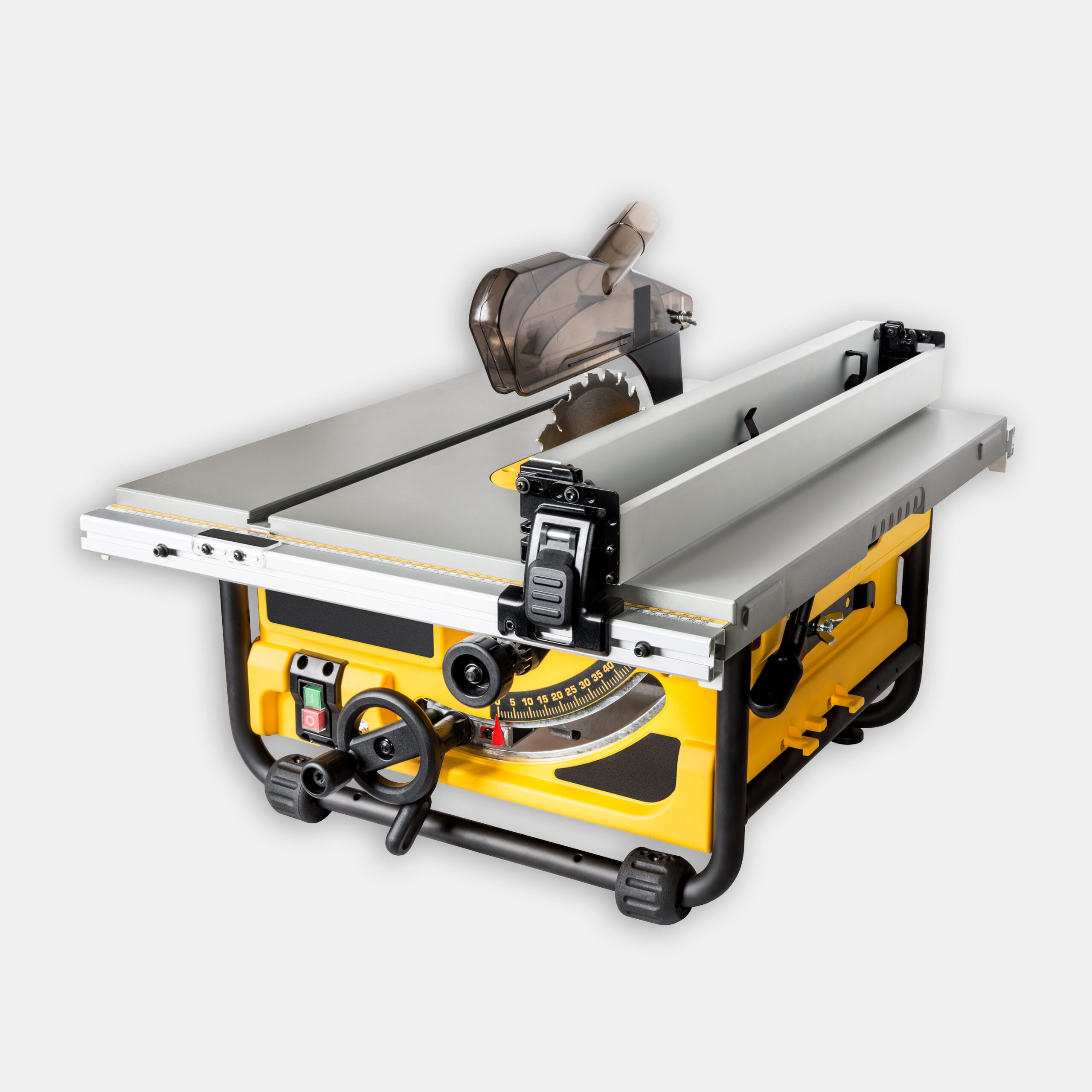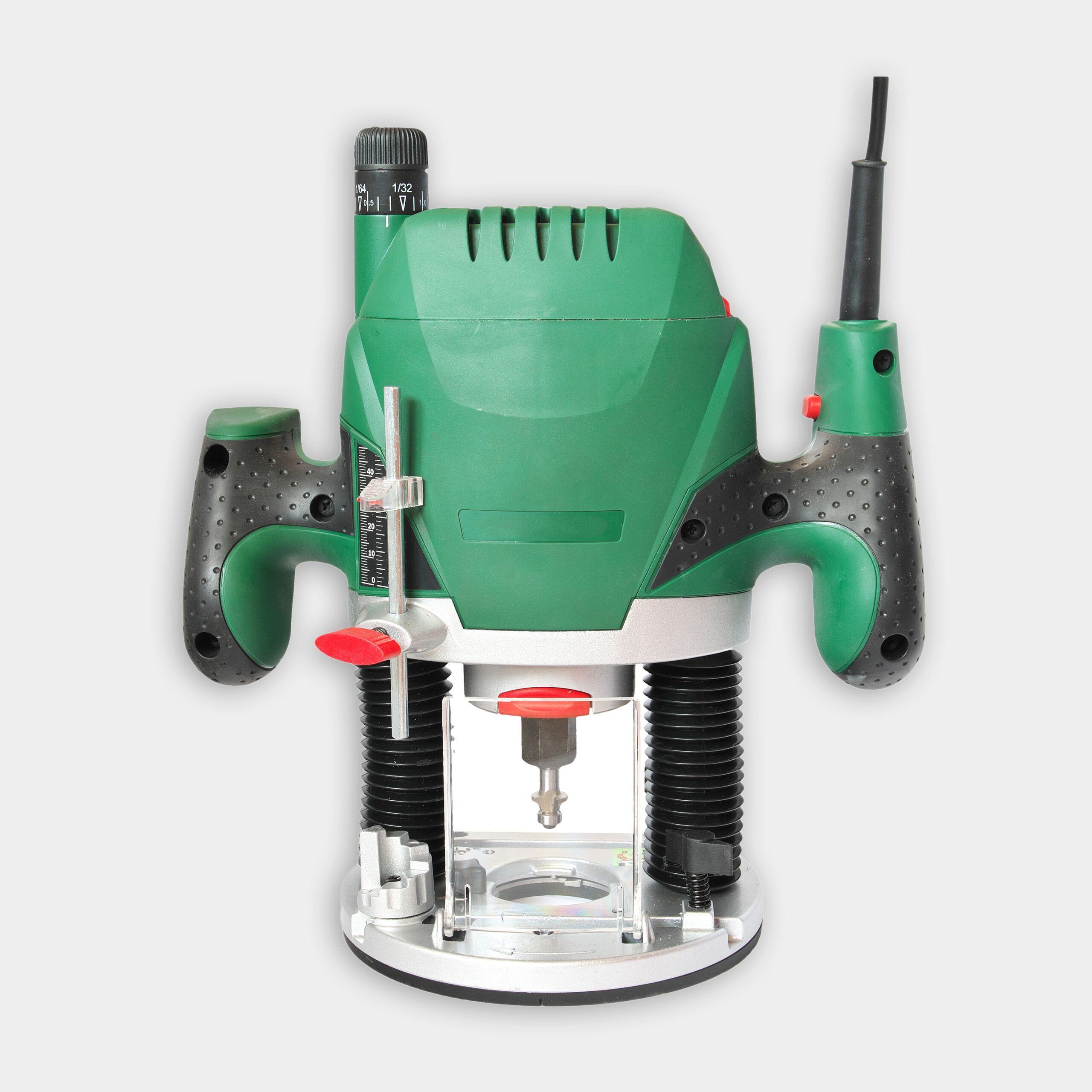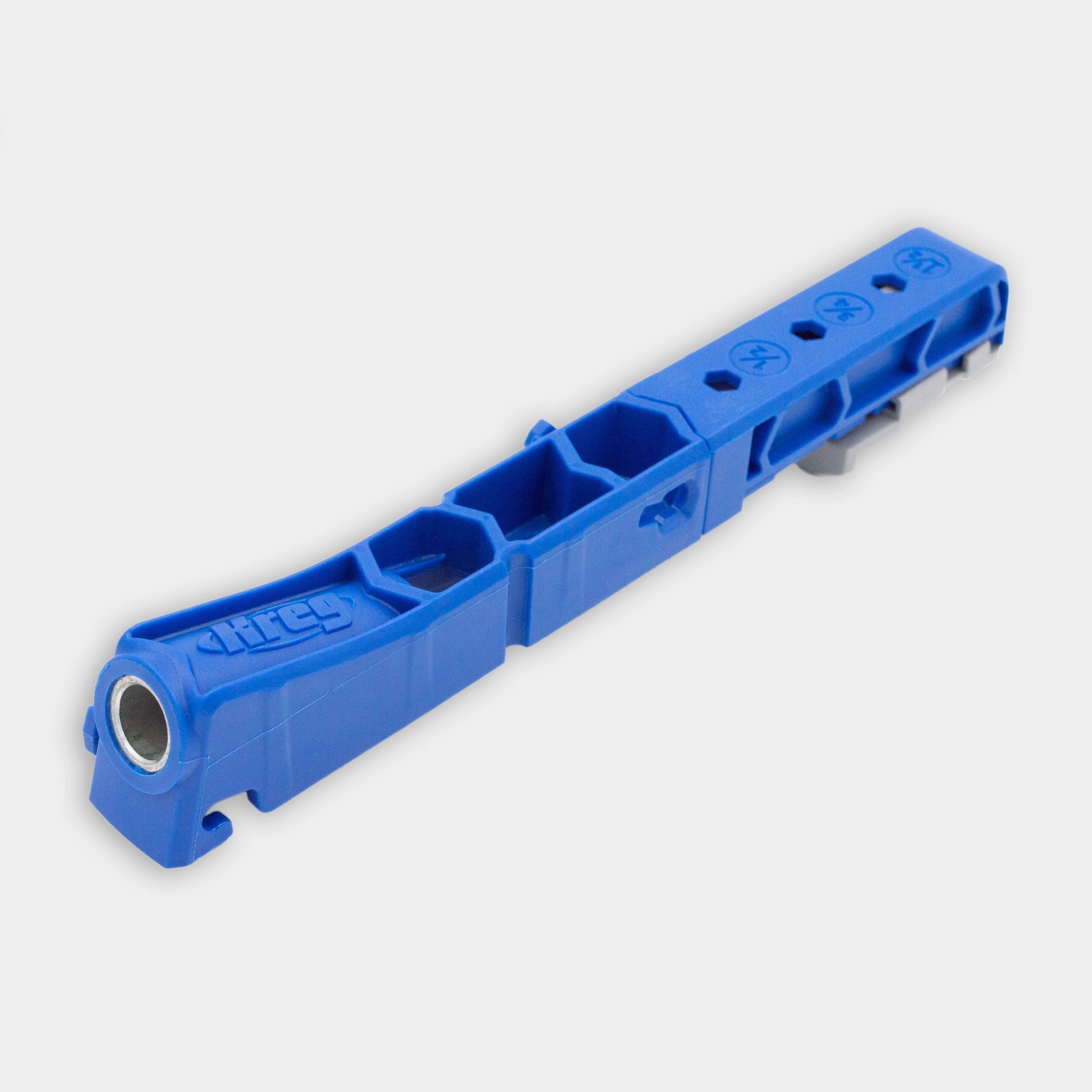Project details
Skill
Cost
Estimated Time
We may be compensated if you purchase through links on our website. Our team is committed to delivering honest, objective, and independent reviews on home products and services.
A cedar deck box planter can add natural beauty to your outdoor space and provide a spot for growing flowers, herbs, or small vegetables. This DIY project combines wear-, rot-, and pest-resistant cedar wood with a clever design that uses milk crates for easy planting and maintenance. This Old House host Kevin O’Connor and general contractor Tom Silva demonstrate how to measure, cut for, and build this useful planter box.
*Unless otherwise noted, costs in this article reflect an average of prices that our team found from hardware stores like Lowes and Home Depot, and on Amazon.com.
Cedar Deck Box Planter Tools and Materials List
Here are the materials you’ll need to create your planter:
- 4×4 cedar posts
- 5/4 cedar decking boards
- 1×4 cedar boards
- Filter fabric for milk crates
- Milk crates
- Pocket hole screws
- Topsoil
- Wood glue
Along with your materials, you’ll need these tools:
- Drill
- Hearing protection
- Measuring tape
- Miter saw
- Pencil
- Pocket hole jig
- Router with a 1-inch roundover bit
- Safety glasses
- Table saw
Prepare the Cedar Planter Legs
Once you’ve purchased the cedar posts for the project, you’ll need to get them ready to use as the planter legs:
- Cut the 4×4 cedar posts to the desired length using a miter saw. These will be your planter legs.
- Rip the 4×4 posts down to 2 1/4 inches by 2 1/4 inches using a table saw.
- Create a taper on two sides of each leg, starting about 8 to 9 inches from the bottom.
- Use a router with a 1-inch roundover bit to soften the outside corners of the legs for a finished look. We recommend using a router table for this step.
Cut and Prepare the Box Planter Rails
Next, prepare the top and bottom rails for your planter:
- Cut the 5/4 cedar decking to the appropriate lengths for your planter size.
- Rip the bottom rails to 5 inches wide on the table saw.
- Rip the top rails to 2 3/4 inches wide.
- Use a dado blade on the table saw to cut a 3/8-inch dado along the inside edge of both the top and bottom rails.
Create the Cedar Planter Panels
For the panels of your planter:
- Cut the 1×4 cedar boards to the correct length for your planter’s sides.
- Use the dado blade to cut a 3/8-inch rabbet on each end of the 1×4 pieces.
- Check that the rabbets fit snugly into the dados on the rails.
Assemble the Cedar Deck Box Planter Frame
The project all starts to come together once you assemble the frame of your planter:
- Use a pocket hole jig to drill pocket holes in the rails.
- Attach the top rail to one leg, recessing it about 3/4 of an inch from the edge.
- Position the bottom rail, allowing space for the panel and about 1/8 inch for expansion.
- Secure the bottom rail to the leg using pocket screws. Make sure the bottom and top rails are level and aligned.
- Slide the panel pieces between the top and bottom rails.
- Attach the second leg and use pocket screws to secure the rails to the leg.
- Repeat this process for all four sides of the planter.
Create and Attach the Cedar Box Planter Top
The top of the planter adds the finishing touch:
- Cut 45-degree miters on the ends of 5/4 stock for the top frame.
- Assemble the top frame using wood glue and pocket screws.
- Center the planter base on the inverted top piece.
- Secure the base to the top using pocket screws.
Install the Bottom Box Planter Support
To support the milk crates:
- Cut pieces of 5/4 stock to create a bottom spacer shelf that the milk crate can rest on.
- Attach the spacer to the inside bottom of the planter, making sure it is even and secure.
- Check that the spacer is at the correct height so the milk crates sit flush with the top.
Get Ready to Plant in Your Cedar Deck Box Planter
To complete your cedar deck box planter:
- Sand any rough edges or surfaces to prevent splinters and create a polished look.
- Insert the milk crates into the planter.
- Line the milk crates with filter fabric to prevent the soil from spilling out while allowing water to drain.
- Fill the crates with quality topsoil that has the right nutrients to support the types of plants you wish to grow.
- Plant your chosen flowers, herbs, or vegetables. Pick plants that can handle container gardening and will thrive in your climate.
More Cedar Box Planter Features and Tips
Your cedar deck box planter can be customized and upgraded with several optional features. Here are some creative ways to make your planter more functional and unique:
- Wheels or casters: Adding wheels or casters to the base of your planter makes it easy to move around your deck or patio. Choose heavy-duty options that can withstand the weight of the soil and plants.
- Stain or paint: While cedar naturally resists rot, you can apply a stain or paint to match your outdoor decor. Choose products designed for outdoor use to protect the wood and enhance its appearance. You can also allow your planter to weather naturally for a rustic, timeless look.
- Integrated watering system: Install a drip irrigation system inside the planter to make watering your plants more convenient and efficient. This system keeps your plants appropriately watered without waterlogging them or drying them out.
- Decorative trim: Add trim around the edges of the planter to give it a more finished look. Use different types or colors of wood to create an eye-catching contrast.
- Benches or seating: If you have enough space or materials, you can build additional seating into your planter design. This can make your garden space more functional and inviting and offer you a peaceful place to relax and enjoy your plants.
Taking Care of Your Cedar Planter
As we noted, cedar wood is naturally resistant to rot and insects, so it’s a popular and safe choice for outdoor planters. To maintain your planter and improve its durability:
- Make sure your planter drains properly by drilling small holes in the bottom of the milk crates if needed. Don’t make the holes too big or add too many, as this will cause you to lose soil.
- Let the cedar weather naturally, or apply a clear sealer to preserve its color.
- Check the soil moisture regularly, as raised planters can dry out more quickly than ground-level gardens.




